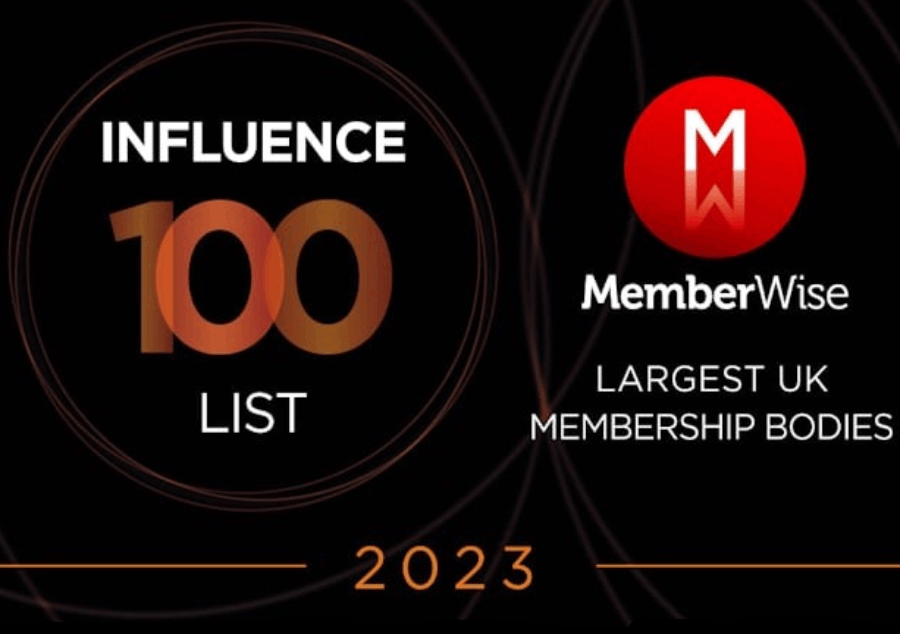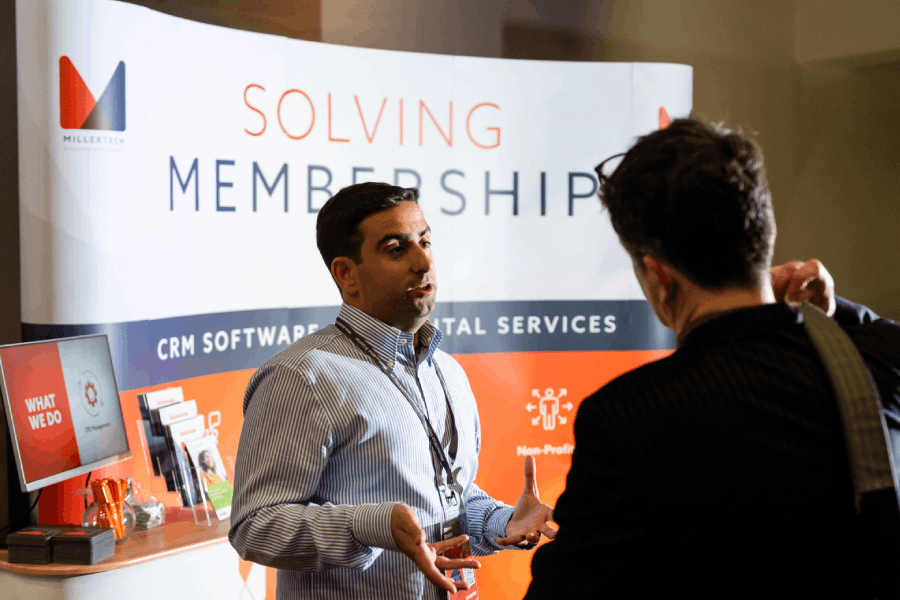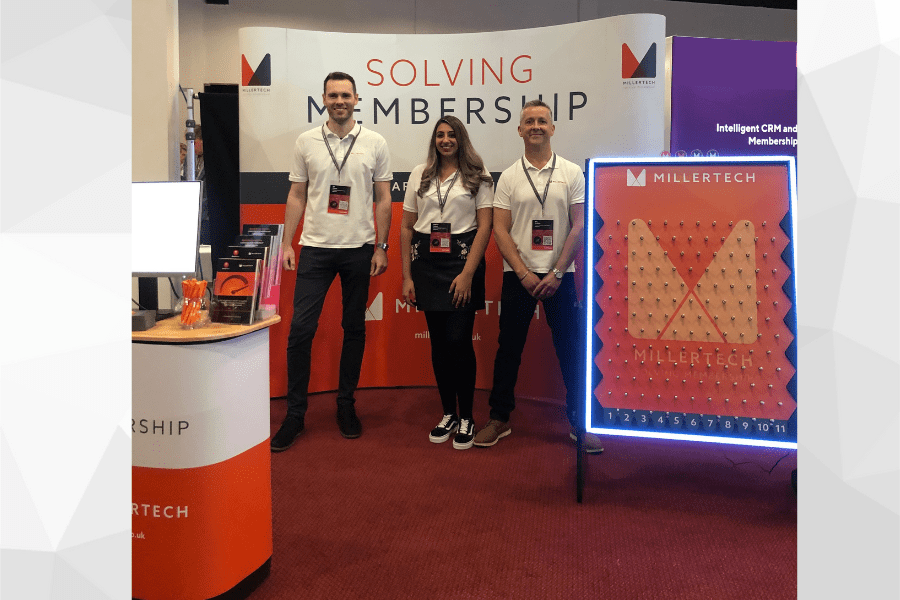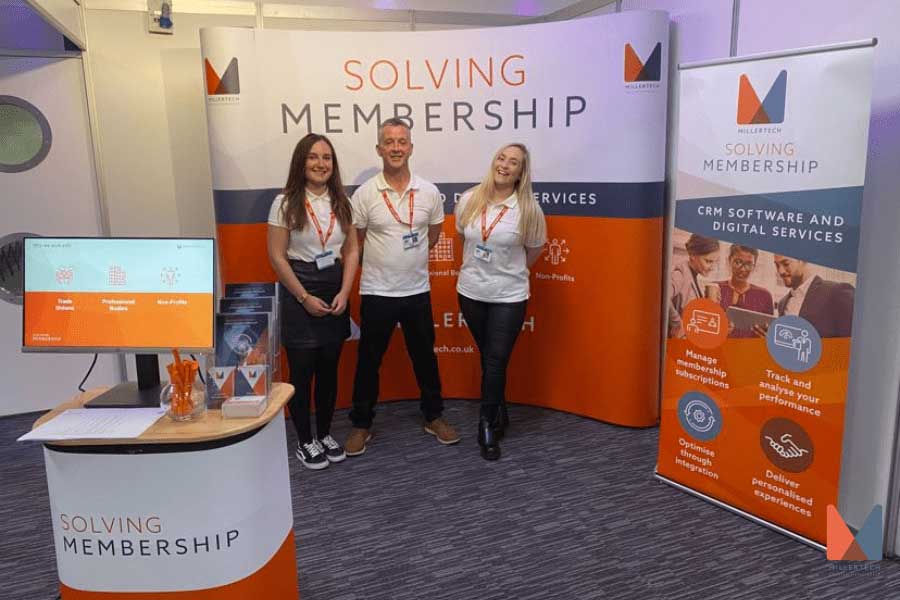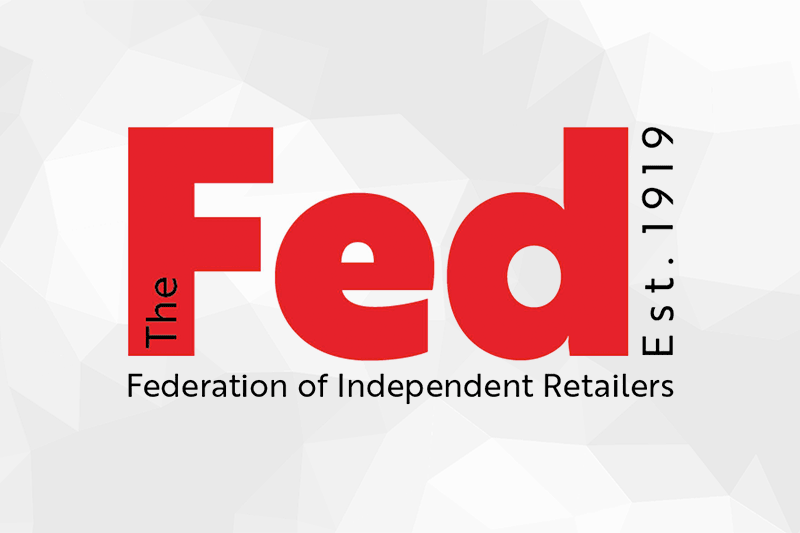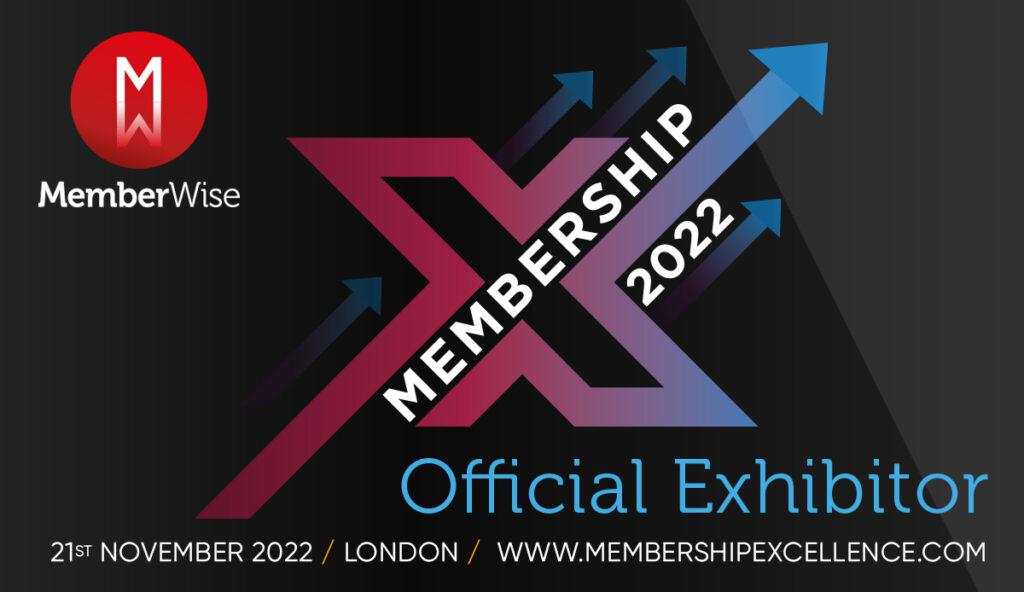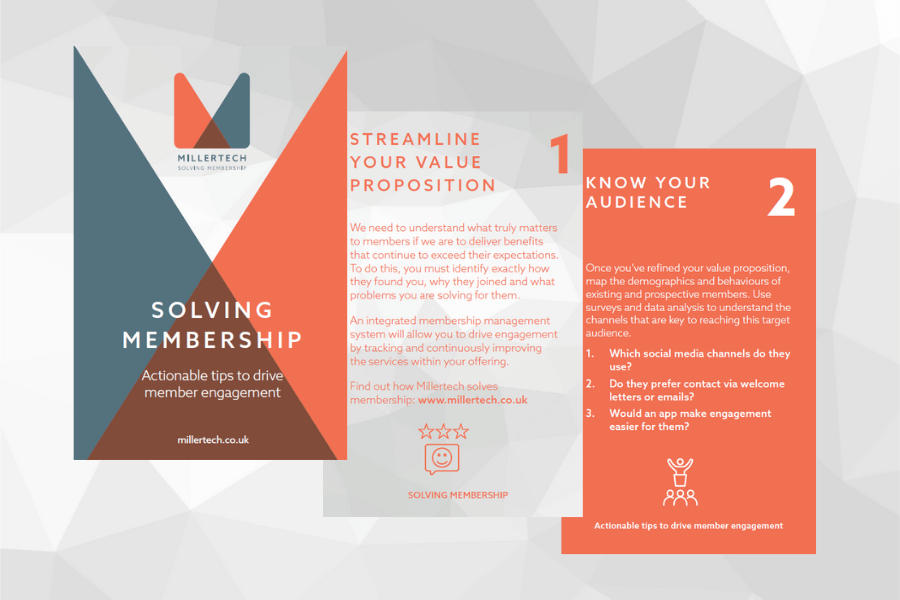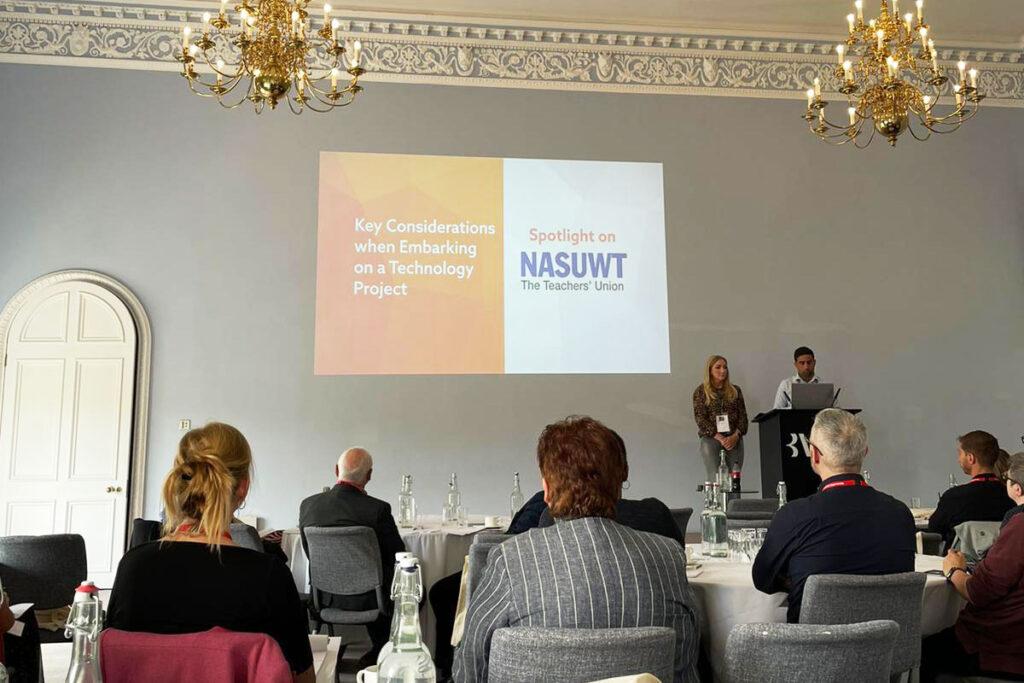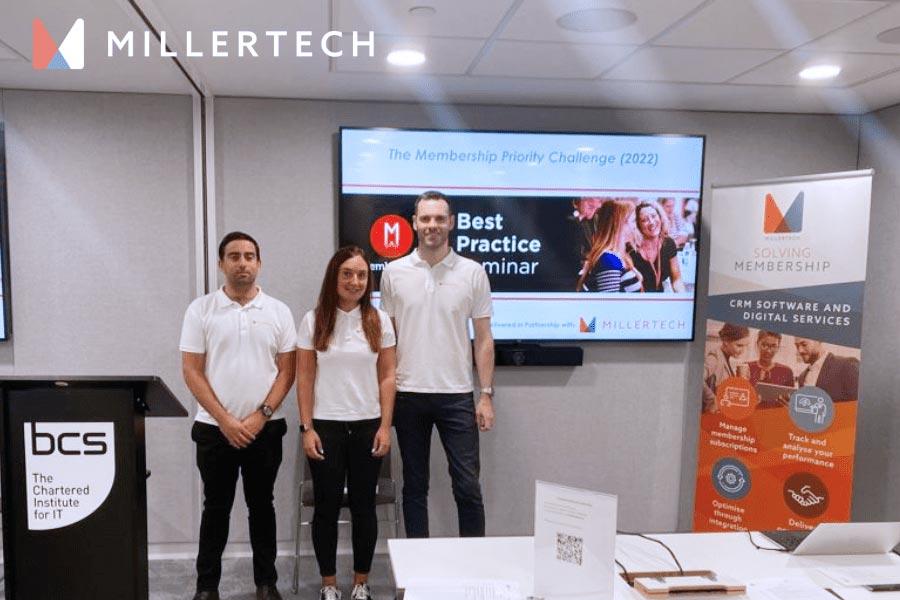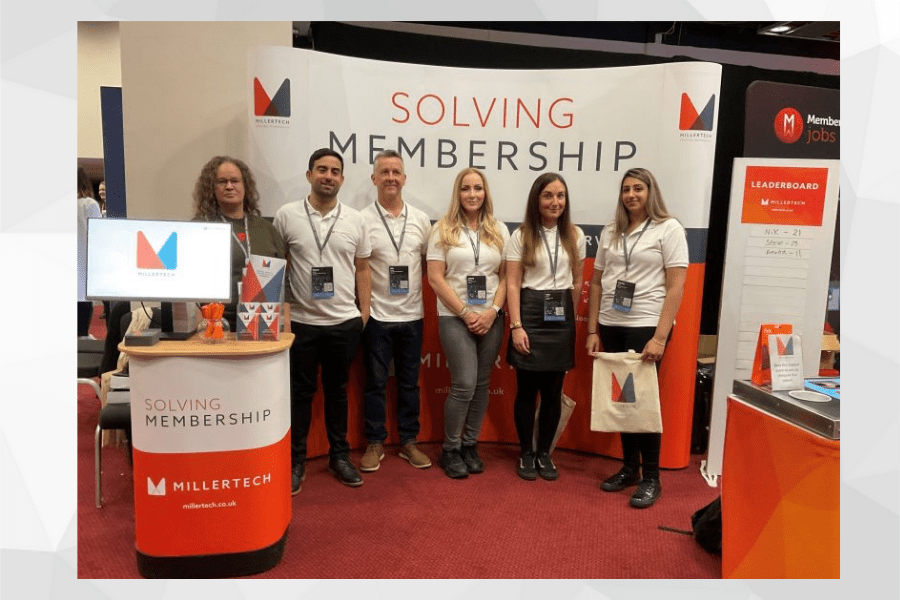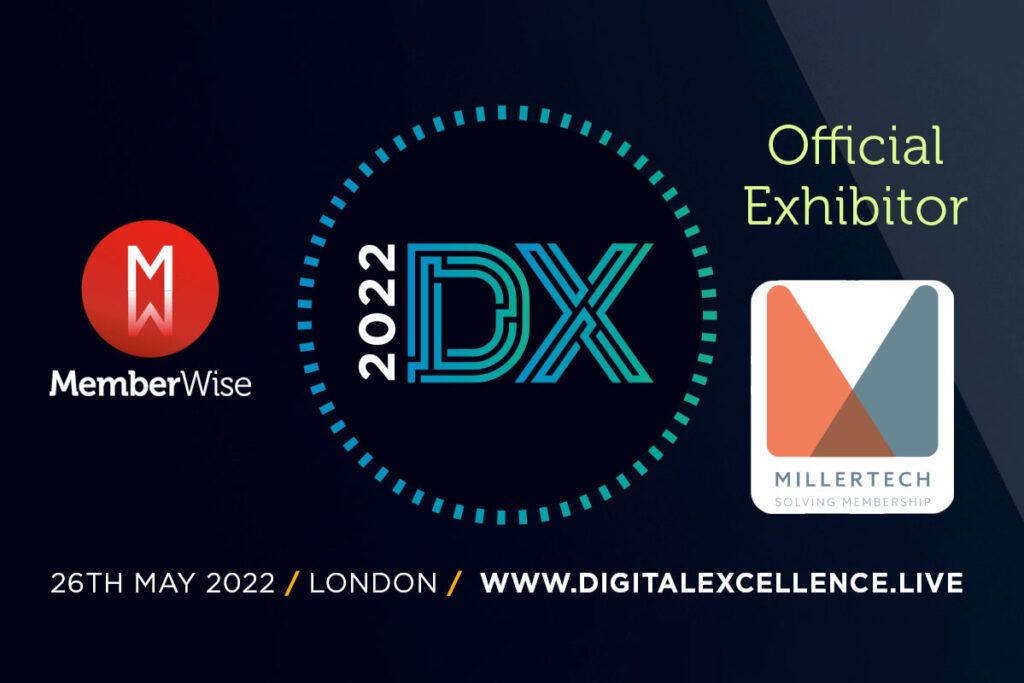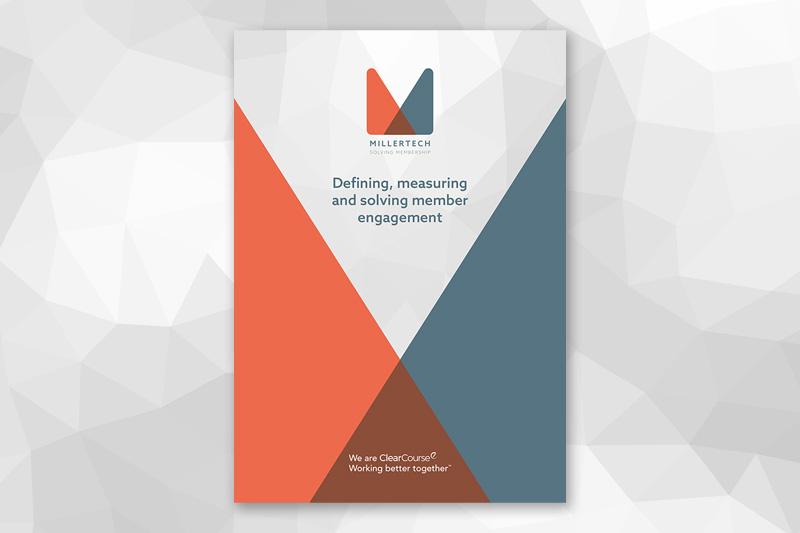Amongst the analysis in the 2021 UK census was a review of the country’s aging population.
The headline statistic was the number of pension-age people per 1000 working-aged people which is expected to grow from 280 to 352 over the next two decades. For any organisation focused on membership, this trend greatly intensifies the importance of reaching and engaging a younger demographic.
User experience (UX) analysis by the Nielsen Norman Group and others has identified significant differences in the way that 18-25 year olds (Gen Z) use websites. Understanding these distinctions is vital for trade unions and professional bodies whose sites are the primary touchpoint with their membership. Potential new members also use this channel to evaluate the personality, professionalism and value of the organisation.
Gen Z are confident web users
Compared to older users, people in the Gen Z demographic tend to be far more confident in their ability to navigate websites and other digital interfaces. A decade of incredible usability progress in the mobile phone sector and on websites such as Google.com has taught them to learn by experimentation; to click first and ask questions later. This confidence makes Gen Z a little more error prone but unlike older users, they are more likely to assume the website is at fault when these mistakes occur.
Linear multitasking is the norm
It’s common to characterise Gen Z users as natural multitaskers but research shows that only real power users tend to demonstrate “parallel browsing” behaviour. Working on multiple projects in multiple browser tabs is often less efficient for most and so linear multitasking is more common.
Where a traditional user might land at a website’s homepage and then pogo between followed links and back again, the Gen Z approach to website research leans heavily on “page parking”. Here links are opened in new tabs whilst the user stays on the homepage. Initially this was driven by impatience as the new page could load in the background but today, it allows the user to quickly hunt for information and to park it for more detailed review later.
The implications for membership websites
Understanding the differences between older, traditional web users and Gen Z leads us to a number of focus areas. Whilst each of these presents a challenge, they are also an opportunity to differentiate and achieve a higher level of engagement.
- Gen Z users have an extremely high bar for technological usability. They move quickly and expect to be able to use the website instinctively without any kind of guidance. This means that an intuitive navigation is essential. There is also benefit in placing content where it is expected rather than being too innovative or personal in your segmentation.
- If Gen Z users encounter an error, they might be more likely to assume the site is at fault so robust functionality is more essential than ever. Each areas where an organisation’s website and CRM integrate must be seamless and intuitive to use. There is clearly an advantage to be gained by having an integrated association management system in place of multiple apps trying to work together.
- Page parking also presents a challenge. When researching membership, a Gen Z user might well have multiple pages and crucially, multiple organisation’s websites open together in the browser. This means that a direct comparison with your competitor’s website design and functionality is always just a click away. If you offer a poor user experience, it will be immediately noticeable.
- The comparison opportunity presented by page parking is as true of page content as site design. A clear layout with the important elements of the page placed near the top in a manner that promotes skim-reading will pay dividends. And when multiple tabs are open, selecting a concise and descriptive page title is vital as this will appear and compete for attention in the browser toolbar. An identifiable website icon is also helpful in this regard.
Conclusions
The four points above form the basis of great design and robust functionality. They describe the way that all membership websites should work in an ideal world. What has changed however is that in the past, an older demographic has tended to be a little more forgiving of any organisation that falls short.
Successfully engaging a younger demographic will intensify this challenge and require us to achieve two broad objectives. Firstly, we must present information in a manner that allows it to be digested more quickly. Secondly, we must ensure our design, functionality and integrations can withstand the most robust comparison; both with competitors and ultimately, with the exceptionally usable products and websites on which Gen Z grew up.
Millertech has four decades of experience in solving these challenges. We have designed and delivered integrated CRM and website systems for some of the UK’s most meaningful trade union and non-profit organisations. To learn more, request a no-obligation website health check or schedule a membership consultation with one of our product experts.






